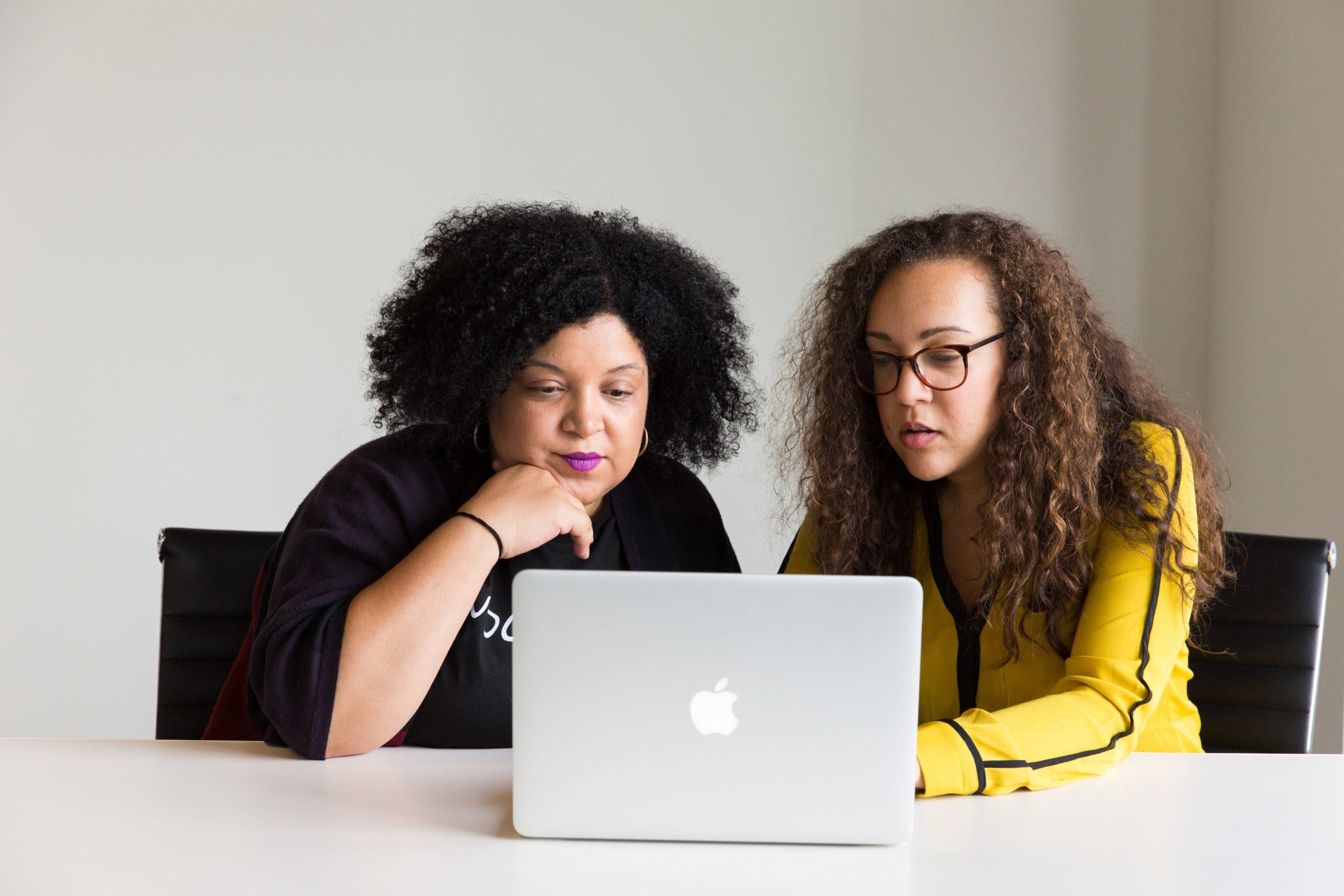The Giant Mid-Level Fundraising Opportunity Your Nonprofit’s Missing

Bet you’ve got some giants hiding in your midst.
Nonprofits pay a lot of attention to donor acquisition. Then?
They largely ignore these donors, unless…
They become worthy of attention by virtue of being ‘major’ donors. Then?
Nonprofits pay a lot of attention to major donor relationship building. But…
Between new donor acquisition and major donor cultivation, solicitation and stewardship, what happens?
Usually not enough.
This is a BIG missed opportunity.
You’ve likely got great donor prospects hiding inside your own donor base, and you’re essentially treating them like, well, poop.
What if you were to begin to look at your mid-level donors as the transformational fundraising opportunity they are?
Details

 If you’re constantly encountering people on your staff or board who want to curtail your fundraising efforts, you’re not alone.
If you’re constantly encountering people on your staff or board who want to curtail your fundraising efforts, you’re not alone.
 In
In